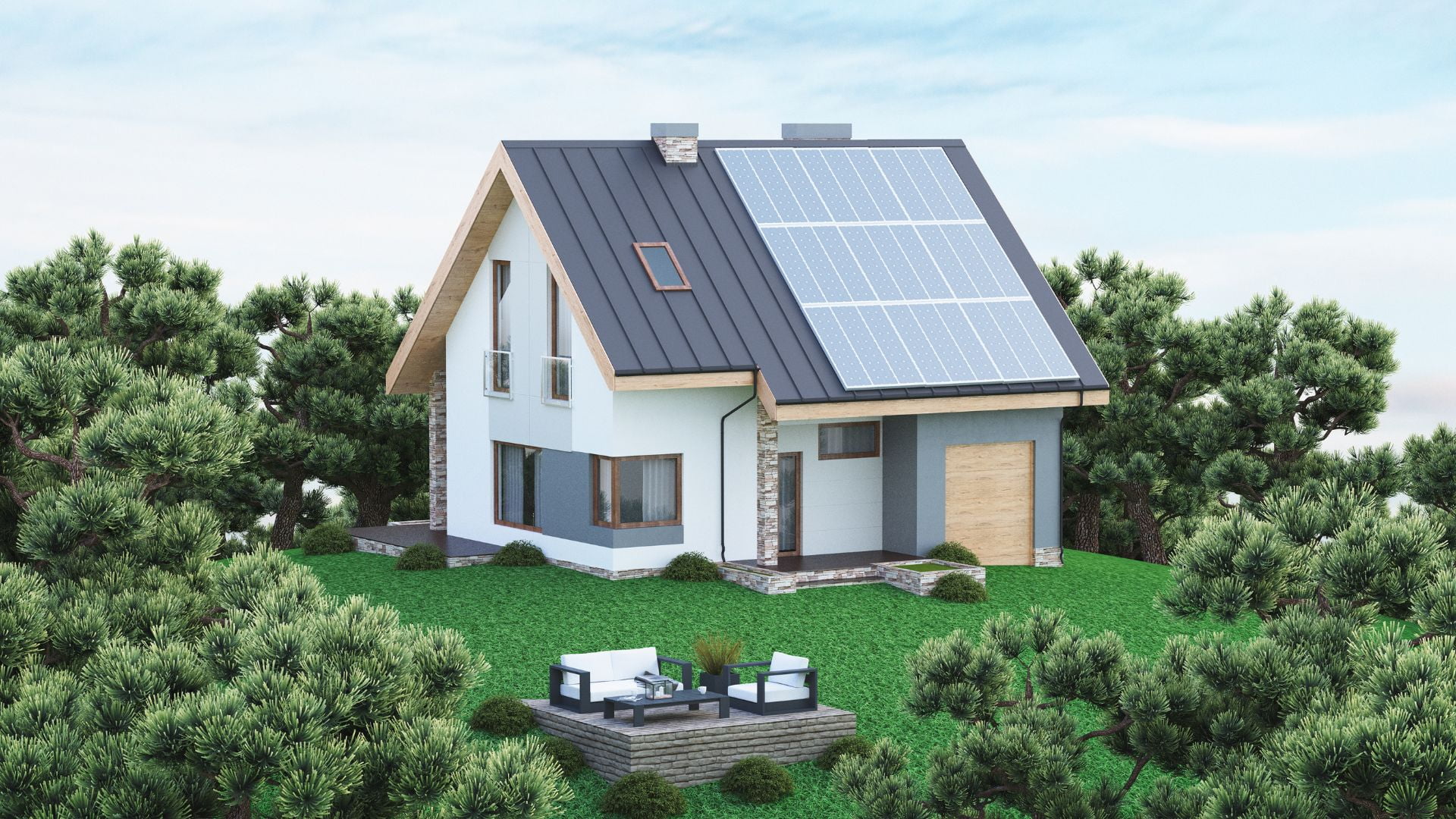Eco-Friendly Roofing Options for the Modern Homeowner
As environmental awareness grows, many homeowners are seeking eco-friendly roofing options that not only protect their homes but also reduce their environmental impact. From sustainable materials to energy-efficient designs, here are some of the best eco-friendly roofing options for the modern homeowner.
1. Metal Roofing
Recyclable and Durable: Metal roofing is one of the most sustainable roofing materials available. Made from recyclable materials like steel, aluminum, and copper, metal roofs can be recycled at the end of their lifespan, reducing waste.
Energy Efficiency: Metal roofs reflect solar heat, which can reduce cooling costs by up to 25%. They also work well with solar panels, enhancing the overall energy efficiency of your home.
Longevity: Metal roofs can last 50 years or more, reducing the need for frequent replacements and conserving resources.
2. Cool Roofs
Reflective Coatings: Cool roofs are designed with reflective coatings that reflect more sunlight and absorb less heat than standard roofing materials. This can significantly reduce the heat island effect and lower cooling costs.
Energy Savings: By reducing the amount of heat absorbed by your home, cool roofs can lower air conditioning needs, resulting in energy savings and a reduced carbon footprint.
Versatile Materials: Cool roofing materials include reflective shingles, tiles, and metal coatings, providing options that suit various architectural styles.
3. Green Roofs
Living Roofs: Green roofs, also known as living roofs, are covered with vegetation and soil, providing numerous environmental benefits. They can range from simple moss and sedum roofs to complex gardens with trees and shrubs.
Insulation and Energy Efficiency: Green roofs provide excellent insulation, reducing heating and cooling costs. They also absorb rainwater, reducing runoff and helping to prevent urban flooding.
Biodiversity: Green roofs create habitats for birds, insects, and other wildlife, contributing to urban biodiversity and improving air quality.
4. Solar Shingles
Integrated Solar Panels: Solar shingles combine the functionality of traditional roofing materials with the energy-producing capability of solar panels. These innovative shingles blend seamlessly with your roof while generating electricity.
Energy Independence: Solar shingles can reduce your reliance on grid electricity, lower energy bills, and decrease your carbon footprint.
Aesthetic Appeal: Unlike traditional solar panels, solar shingles offer a sleek, integrated look that maintains the aesthetic appeal of your home.
5. Recycled Shingles
Sustainable Materials: Recycled shingles are made from waste materials like plastic, rubber, and wood fiber. These shingles divert waste from landfills and reduce the need for raw materials.
Durability: Recycled shingles are durable and often come with long warranties, ensuring they provide reliable protection for your home.
Variety: Available in various styles and colors, recycled shingles can mimic the look of traditional roofing materials like wood and slate, providing an eco-friendly alternative without compromising on aesthetics.
6. Clay and Concrete Tiles
Natural Materials: Clay and concrete tiles are made from abundant, natural materials that have a low environmental impact. They are also fully recyclable, making them a sustainable choice.
Energy Efficiency: These tiles have excellent thermal mass properties, helping to regulate indoor temperatures by absorbing and slowly releasing heat.
Longevity: Clay and concrete tiles are incredibly durable, often lasting 50 years or more, which reduces the need for replacements and conserves resources.
7. Wood Shingles and Shakes
Renewable Resource: Wood shingles and shakes, particularly those made from sustainably harvested wood, are a renewable roofing option. Cedar is a popular choice due to its natural resistance to rot and insects.
Biodegradable: At the end of their lifespan, wood shingles can be composted or recycled, reducing landfill waste.
Natural Insulation: Wood provides natural insulation, which can help lower energy costs by maintaining a stable indoor temperature.
8. Slate Roofing
Natural Stone: Slate is a natural stone material that is highly durable and long-lasting. A well-maintained slate roof can last over 100 years, making it one of the most sustainable roofing options.
Low Maintenance: Slate requires minimal maintenance and is resistant to fire, mold, and pests, which reduces the need for chemical treatments and repairs.
Aesthetic Appeal: Slate’s natural beauty and variety of colors add a timeless, elegant look to any home.
Conclusion
Choosing an eco-friendly roofing option not only benefits the environment but can also provide energy savings, durability, and aesthetic appeal for your home. Whether you opt for metal roofing, cool roofs, green roofs, solar shingles, recycled shingles, clay and concrete tiles, wood shingles, or slate roofing, each option offers unique advantages that contribute to a sustainable future. By investing in eco-friendly roofing, you can enhance the value of your home while reducing your environmental footprint.


